Votre panier est vide
Besoin d'inspiration ?
Rendez-vous dans le programme en ligne du GrandPalais
Article -
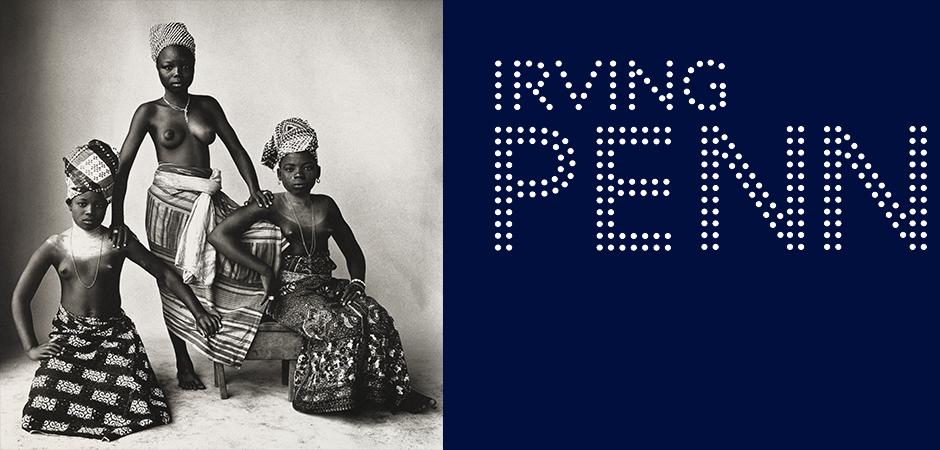
Irving Penn réalise son rêve de photographier des hommes et des femmes à travers le monde quand il part en Afrique et en Asie-Pacifique entre 1967 et 1971.
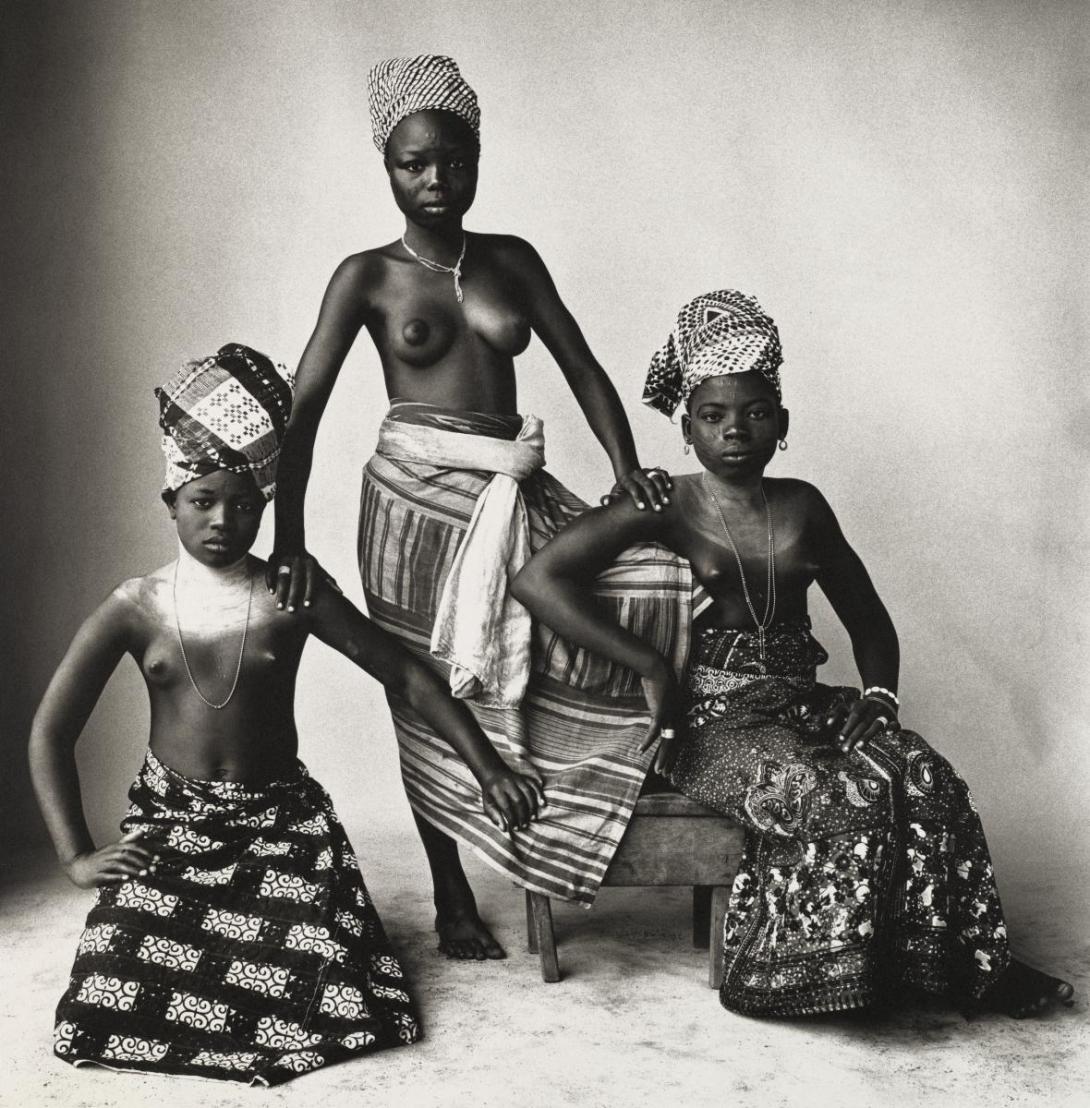
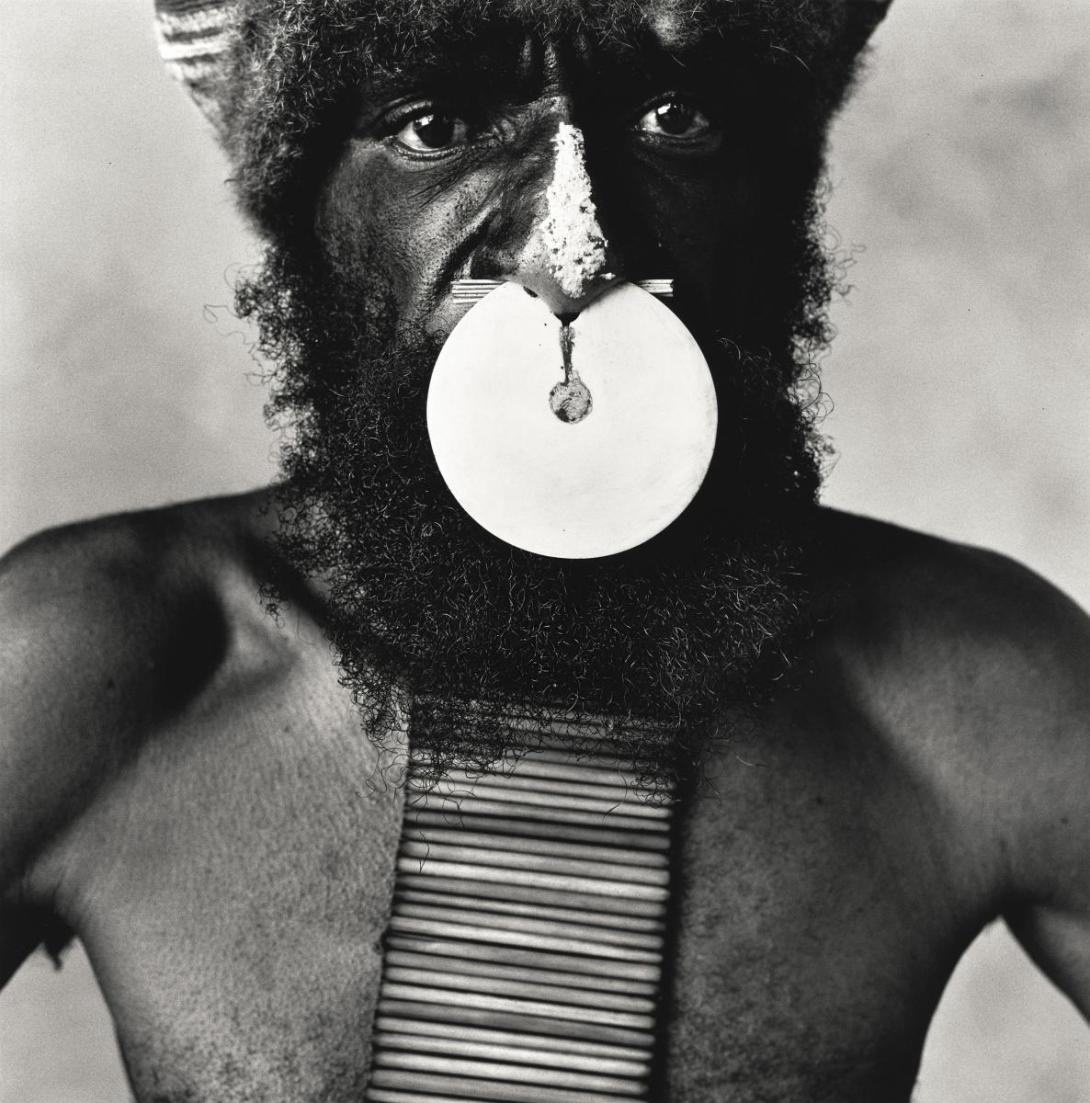
En mai 1970, Penn et son équipe se rendent à Goroka, en Nouvelle Guinée. Ils font une première étape dans le village tribal de Bena pour voir les indigènes et notamment leurs bilas (ornements corporels traditionnels), composés de coquillages, de plumes colorées, de décors en fourrure, de dents de chien ou de graines. Indicateurs d’une position sociale, les coquillages sont des biens précieux utilisés comme moyen de paiement pour acheter un cochon ou payer une dot. Pour montrer tout ce qu’on lui doit, un big man arbore sur sa poitrine un omak (lamelles de bambou, comme dans ce portrait).
Votre panier est vide
Besoin d'inspiration ?
Rendez-vous dans le programme en ligne du GrandPalais
See content : In the fantastic world of Eva Jospin: 8 questions for the artist
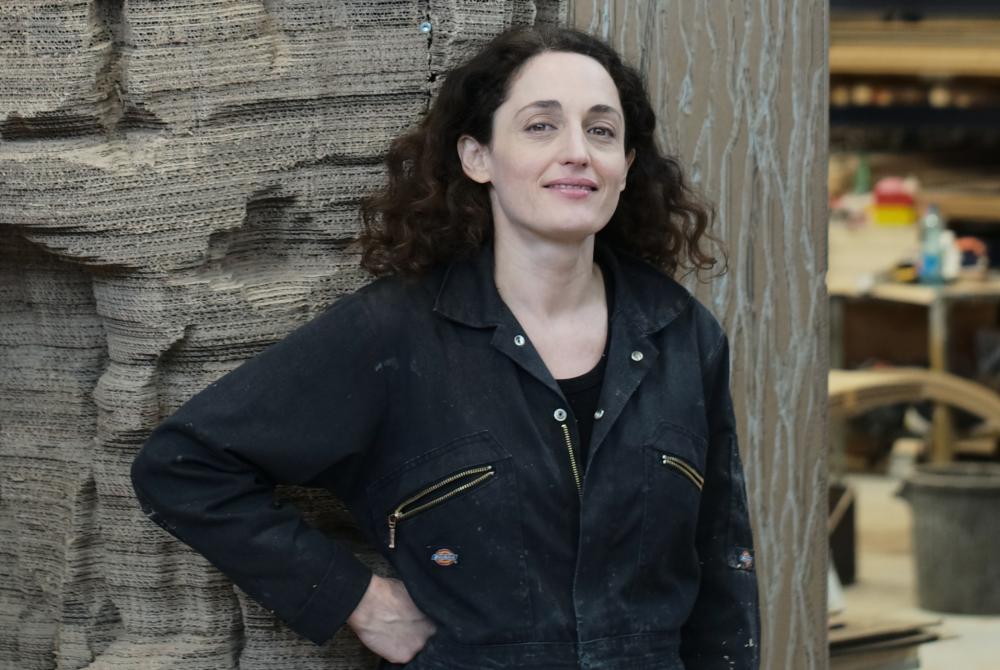
Article -
At the Grand Palais, Eva Jospin's "Grottesco" exhibition offers a timeless journey. Mysterious caves, sculpted nymphaea, petrified forests and "embroidered tableaux" come together to form a world apart. In this interview, the artist reveals her sources of inspiration, her relationship with cardboard and embroidery, and the way she turns each viewer into an explorer of her fantastical landscapes.
See content : It's open! Eva Jospin and Claire Tabouret: two new exhibitions at the Grand Palais
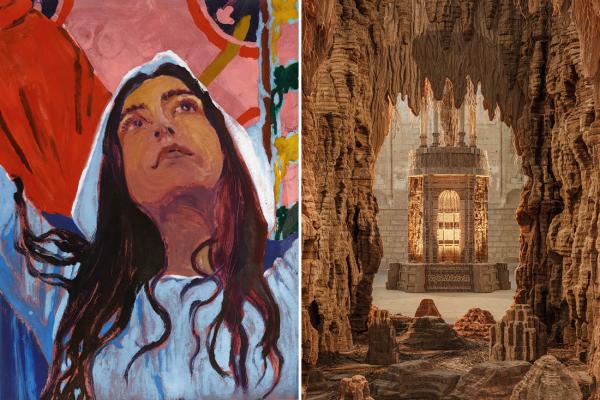
Article -
Until March 15, you're invited to explore the fascinating worlds of Eva Jospin and Claire Tabouret, presented in two Grand Palais galleries linked by the same entrance.
See content : A treasure of the Sun King soon to be displayed under the glass roof of the Grand Palais: book your tickets now!
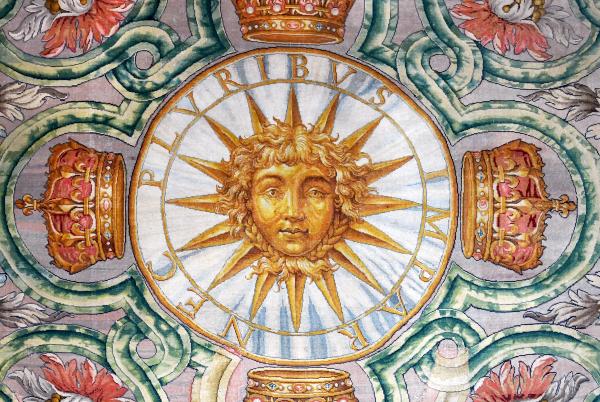
Manufacture de la Savonnerie d’après Charles Le Brun (1619-1690), Tête d’Apollon, détail du 6e tapis de la Grande Galerie du Louvre, laine et lin, 8,82 x 5,94. Paris, Mobilier national
Article -
Seven days only, some thirty carpets on display, a royal setting resurrected: enter the legend of the Sun King, under the majestic glass roof of the Grand Palais. Ticketing is now open!